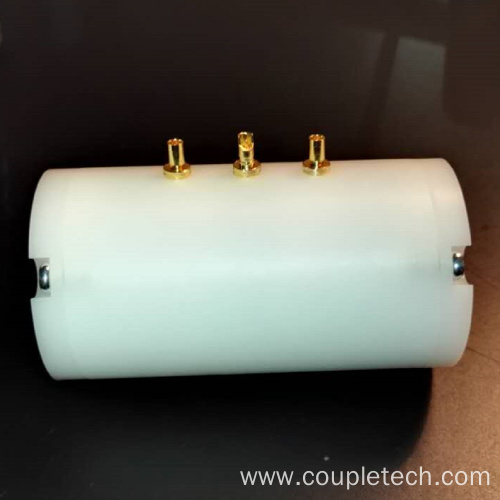
- English
- 简体中文
- Español
- Português
- русский
- Français
- 日本語
- Deutsch
- tiếng Việt
- Italiano
- Nederlands
- ภาษาไทย
- Polski
- 한국어
- Svenska
- magyar
- Malay
- বাংলা ভাষার
- Dansk
- Suomi
- हिन्दी
- Pilipino
- Türkçe
- Gaeilge
- العربية
- Indonesia
- Norsk
- تمل
- český
- ελληνικά
- український
- Javanese
- فارسی
- தமிழ்
- తెలుగు
- नेपाली
- Burmese
- български
- ລາວ
- Latine
- Қазақша
- Euskal
- Azərbaycan
- Slovenský jazyk
- Македонски
- Lietuvos
- Eesti Keel
- Română
- Slovenski
- मराठी
- Srpski језик
What is the function of the Pockels cell?
2024-01-06
A Pockels cell, also known as an electro-optic modulator, is a device used in optics and laser systems for manipulating the polarization state of light passing through it. It exploits the electro-optic effect, which is the change in the refractive index of a material in response to an applied electric field. The Pockels cell is named after the German physicist Friedrich Carl Albrecht Pockels, who discovered the electro-optic effect.
The primary function of a Pockels cell is to control the polarization of light, and it is commonly employed in various applications, including laser technology, optical communication, and scientific research.
Pockels cells can modulate the polarization state of light by applying an electric field to the crystal or material. The change in polarization can be controlled by adjusting the voltage applied to the cell.
Pockels cells are frequently used as Q-switches in lasers. In a Q-switched laser, the Pockels cell can rapidly alter the optical properties of the laser cavity, allowing the build-up of energy before releasing it in a short, intense pulse. This is crucial for generating high-power, short-duration laser pulses.
Pockels cells can be employed in optical isolators to control the direction of light propagation. An optical isolator allows light to travel in one direction while blocking it in the reverse direction. Pockels cells can play a role in adjusting the polarization to achieve this isolation.
In applications where precise timing of laser pulses is required, Pockels cells can be used for pulse picking. By controlling the polarization state, the Pockels cell can select specific pulses from a continuous stream of pulses generated by a laser.
Pockels cells can be used for phase modulation in optical communication systems. By modulating the phase of light waves, information can be encoded onto the optical signal for transmission.
Pockels cells can function as optical modulators, allowing for the modulation of the intensity of light. This is useful in applications such as telecommunications and signal processing.
Pockels cells find applications in various scientific experiments and research projects where precise control of polarization and modulation of light is necessary.
The ability of Pockels cells to rapidly change the polarization of light makes them valuable tools in laser technology and optical systems, enabling a range of applications that require precise control and modulation of light properties.



